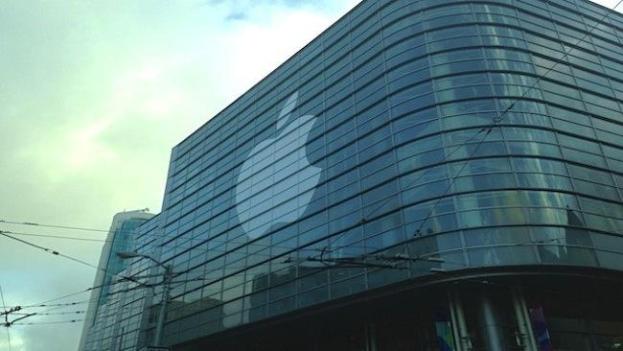
We’re no stranger to motion detection features in technology nowadays. It’s becoming de rigueur in video games and has even made its way into televisions, among other things. Now, according to 9to5Mac, Apple is joining the team, introducing limited motion control to both the iPad and iPhone, once iOS 7 is released later this fall.
Don’t expect to see anything too in-depth; it’s a far cry from what you’ll find in the Samsung Smart TV or Microsoft Kinect, which have evolved to give users pretty accurate control of on-screen activity. Instead, what Apple is introducing to its mobile devices (at least in the beta version currently being tested out by developers), is a simple head movement recognition.
It’s an optional feature that, if it makes its way to the final release of iOS 7, you may have to opt to turn on manually. Once you turn the option on, which is done via the Accessibilities menu in Settings, you have the ability to assign certain actions to both left and right head movements. When you turn your head to the right, for example, it can act as a home button or it could launch Siri, pop up your App Switcher, toggle the volume, or act as a tap. (These options could be assigned to a left head turn as well.)
It’s a rather tedious process, however; since the head gestures are so limited, what the device will actually do is slowly scroll through on-screen options. When it reaches the one you’re looking for, you just swing your head to the side and the selection is made.
Again, we have a hard time seeing this as being an option anyone will choose outside of the feature being a necessity, but it is nonetheless interesting to see Apple making these types of advances, giving us a glimpse into the possible future of mobile device control.

